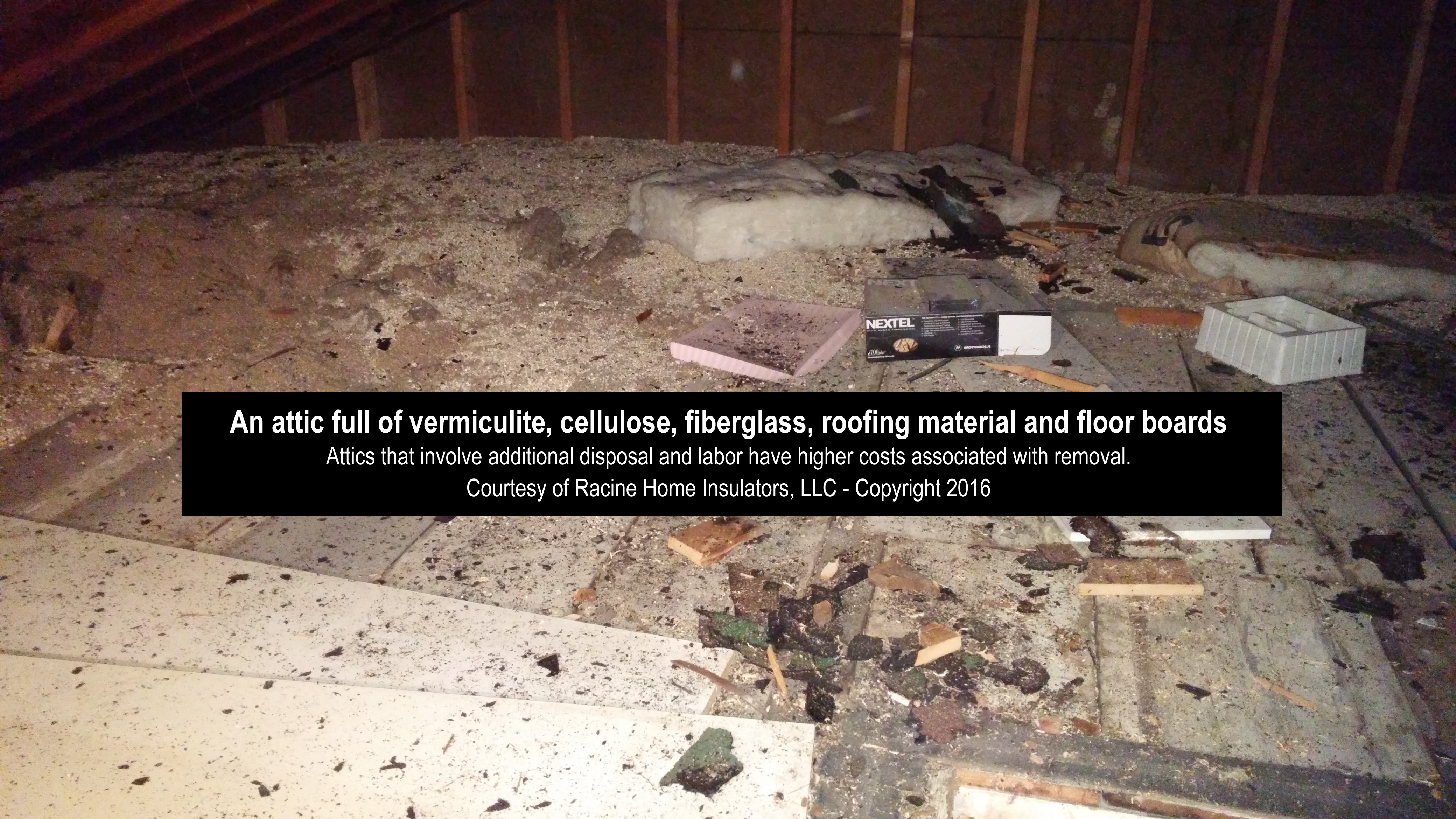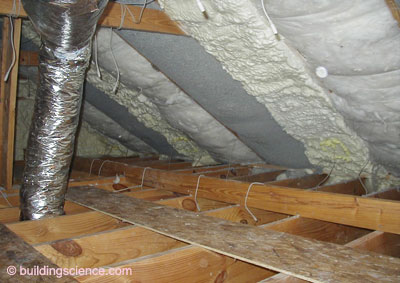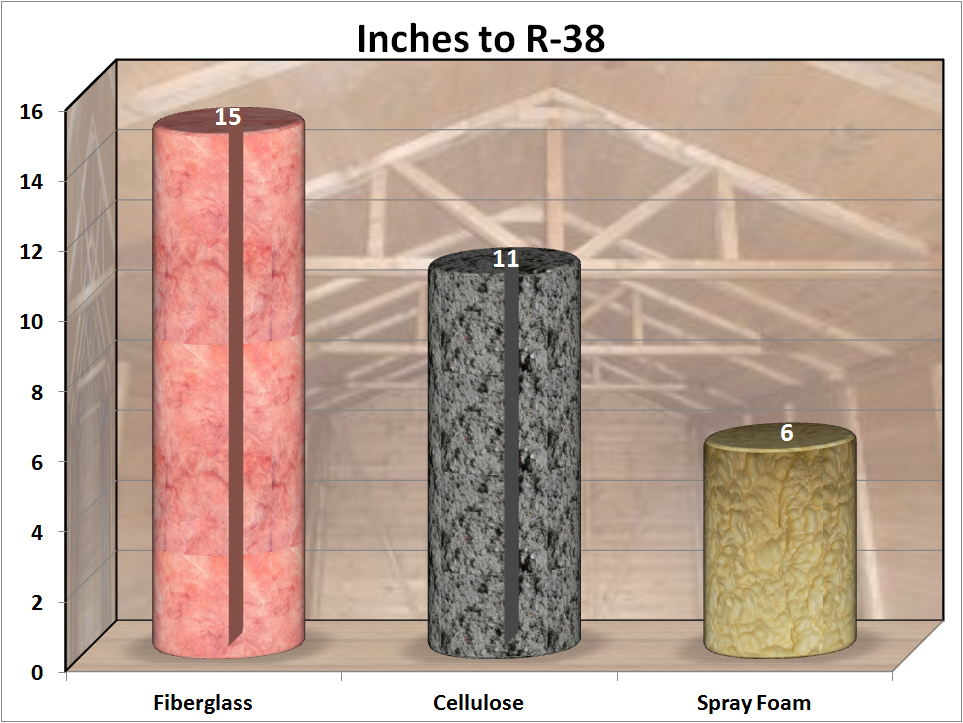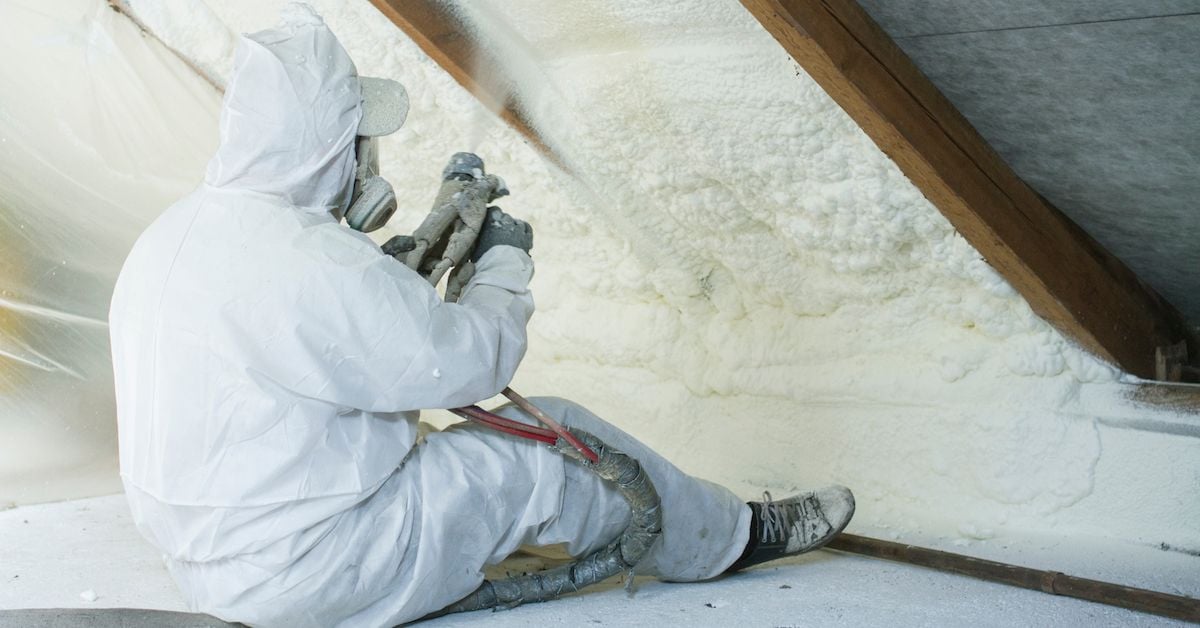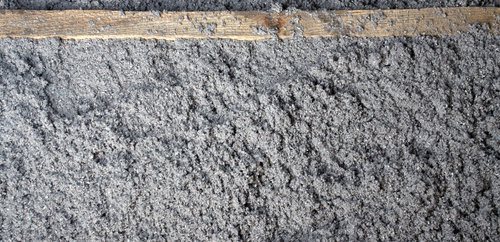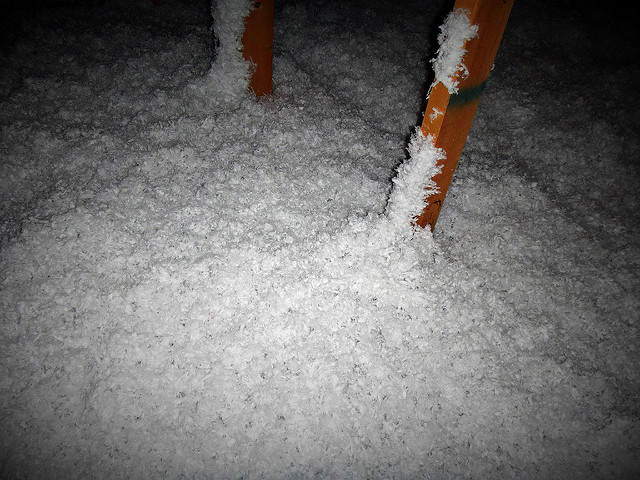Mixing Attic Insulation Types

Your home s r value score will guide you toward the type of insulation you need.
Mixing attic insulation types. Make sure your home is properly insulated in all these locations. The first 3 attic areas each had a different type of insulation probably whatever was cheapest at the time of buildout. They built out the building in 4 different stages. For diy attic insulation you ve got two choices.
There are three types of blown in insulation. Achieving greater r values in attics. Once you ve decided which type is best for you examine the material options and prices to home in on the right product. In particularly cold climates you might go up to r 60.
It consists of flexible fibers most commonly fiberglass. Choose from two types. The most common insulation materials are fiberglass cellulose and foam. In general an attic s r value should be between r 30 and r 49.
They sport insulation values of approximately r 6 5 and r 3 6 per inch respectively. Spray foam offers the best attic insulation performance available. Insulation ratings can be improved by adding more layers of insulation. You can mix the type and material of insulation too.
For example if your attic. The ideal attic insulation r value is different than the ideal wall insulation r value. We offer our review of the three most popular types of attic insulation with a look at each one s pros and cons. Blown in spray foam batts and blankets.
Find out if you can apply spray insulation or blown in insulation over existing insulation. When installed properly both types of insulation fill all of the nooks and crannies in a space and. Blanket insulation the most common and widely available type of insulation comes in the form of batts or rolls. The 4th attic area had a mixture of the leftovers of the first 3.
Read about adding attic insulation and mixing insulation types. You can mix insulation materials and types. I did a commercial building some time back that had 3 different types of insulation. The three most common types of blown in insulation are loose fill fiberglass cellulose and rock wool each with its own pros and cons.
Home insulation types include any of the above materials in the form of loose fill batts rolls foam board spray foam and radiant barriers. Your options for attic insulation range from radiant barriers to sheets of mineral wool but most homeowners stick with products made from cellulose or fiberglass. Both can be added to uninsulated attics or layered over existing material.


